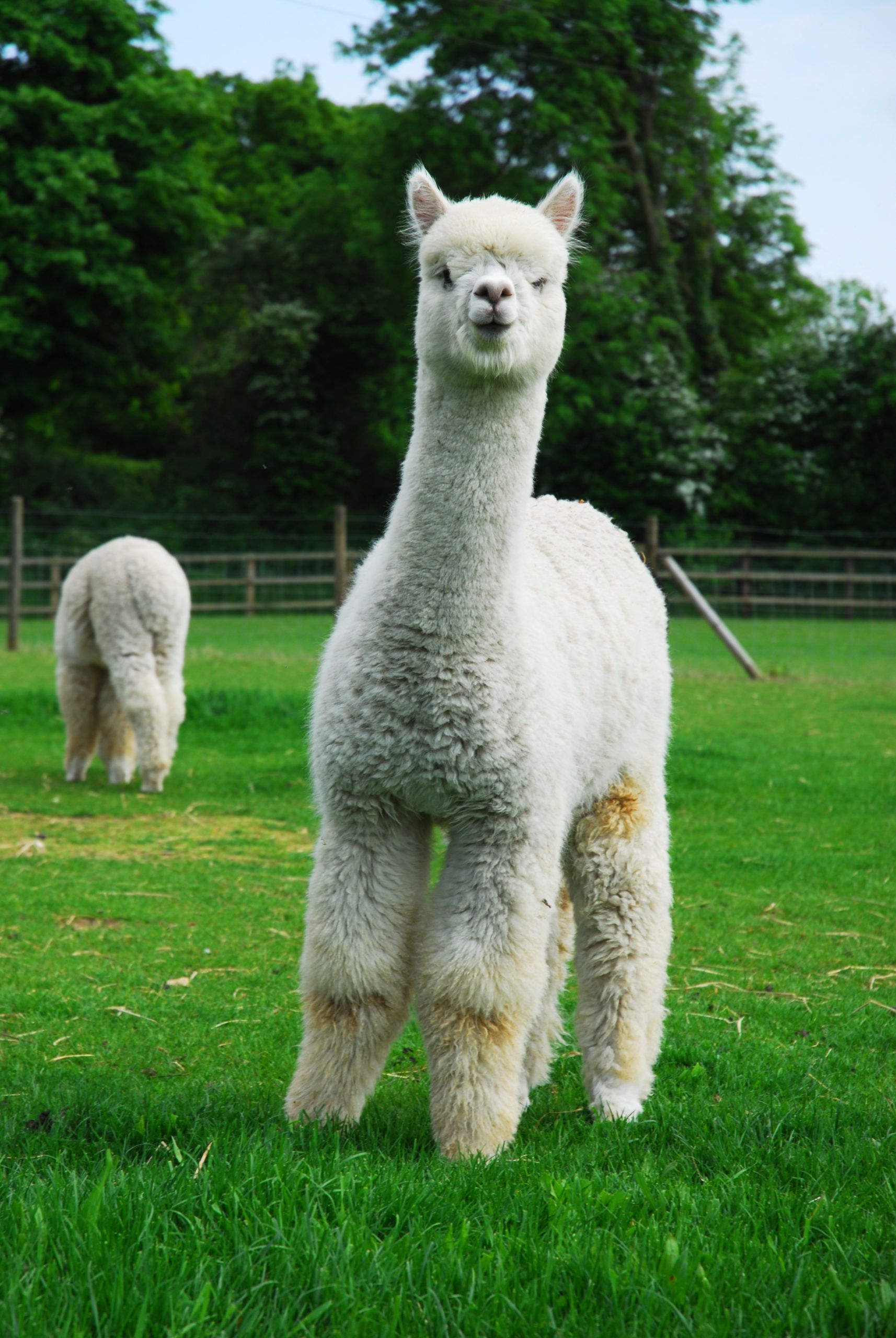Alpacas
About Alpacas
Alpacas belong to the camelid family and have been domesticated in South America for thousands of years. The Incas recognised their value as fleece producers and expertly bred them to produce one of the most luxurious fibres in the world. Superfine alpaca fleece was only allowed to be worn by royalty or very high ranking people in Incan society, and the alpaca was considered a very valuable and respected animal. About 80% of all alpacas still make their home in Peru on the Northern Altiplano, a vast, harsh environment which they adapt to well, and alpaca fibre processing is now a multi-million dollar industry there.
Peru considers the alpaca to be its national treasure and strictly limits its export, so here in the UK we too treasure them, breeding for a select market, improving their bloodlines, with the ultimate aim of developing one of the most exclusive fibre industries in the world. Its natural softness, strength and durability, and the fact that it’s hypo-allergenic make it a most sought-after fibre, versatile and exclusive, being sold in high class retail outlets throughout the world. Spinners as well as commercial mills love alpaca wool and there are two breeds to choose from, Suri and Huacaya, both displaying their own unique fibre characteristics.
More Alpaca Facts
- The gestation period for an alpaca is about 50 weeks.
- Births usually occur around mid day.
- A baby alpaca is called a ‘cria’.
- Alpacas are induced ovulators and can be re-mated 2 weeks after giving birth, enabling them to have 1 cria a year.
- Alpacas are calm, inquisitive animals, very hardy and relatively disease free.
- Alpacas are a herd animal and must always be with an alpaca companion.
- They are good herd protectors as well.
- Their lifespan can be up to 20 years.
- They are easily halter-trained and can be shown at agricultural shows.
- Alpacas rarely suffer with foot rot as they have padded feet.
- Fleeces are available in 22 natural colours.
- Alpacas are sheared annually.
For more facts see our fleece page.

